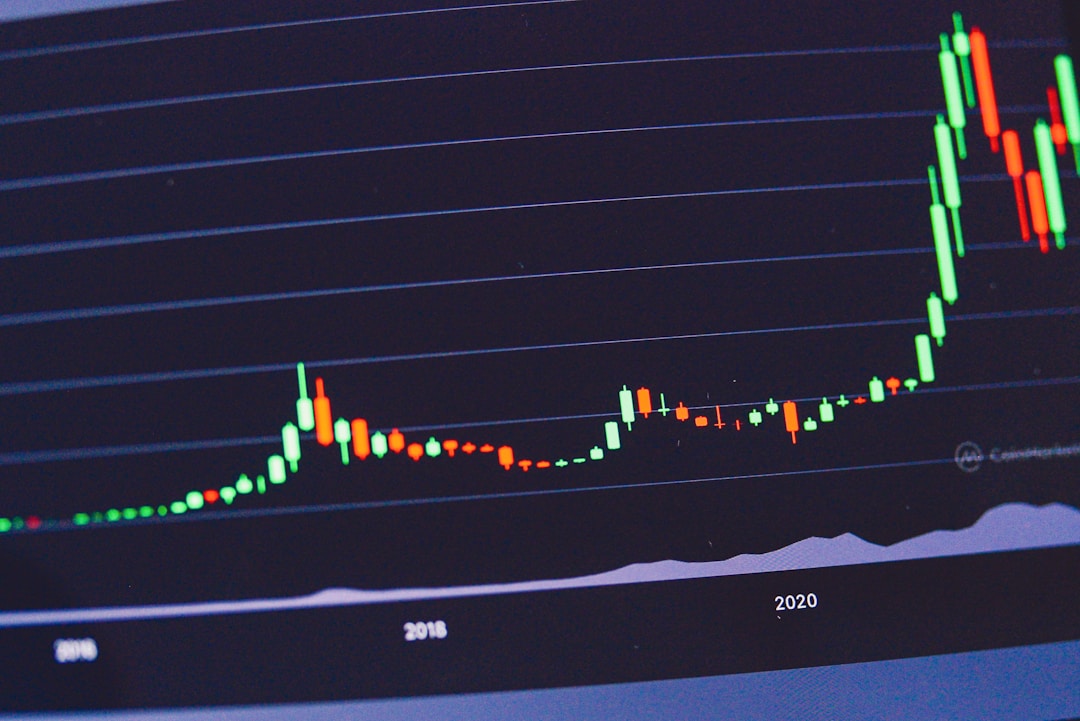Content Attributes
The stock market can be overwhelming for new investors to explore, especially with graphs, formats, and all kinds of terminology that you may not be used to. That’s why it’s important to remember that long-term market research is the best approach to knowing when to buy or sell shares. Getting a larger overall picture of a company’s financial charts can provide better evidence to back up the decision to move your portfolio as you see fit. Here are just some of the benefits of these research methods.
Narrowing Focus on Stocks

Long-term market research provides great background color on a business. Showing unanticipated events and how a company responds to these instances. FinanceCharts allows for easy research of publicly trading companies on the stock market, providing 20-year charts on nearly any financial metric.
With a plethora of datasets at a user’s disposal, you can compare multiple companies at once. By assessing the average closing price of a company. Investors will understand what they want to buy into to let their nest egg grow on the stock market.
These financial reports and indicator charts contain tons of numbers. That can get buyers and sellers alike bogged down on what to look for. Serious investors understand the importance of looking at a company’s revenue, determining its profits over a set period of time.
Net income, as well as earnings and earnings per share, gives researchers a better understanding of key indicators that drive success. With a specified file that shows where a company stands above an average line in their respective marketplace. There is a more trustworthy decision to Make.
Emphasizing Qualitative Research

Quantitative research is beneficial to give access to existing indicator charts and other various templates across years of financial information. However, qualitative research provides more in-depth details of the operations and prospects of a publicly-traded company.
When investing, you want to know how a business makes money. Sometimes it’s obvious, sometimes it isn’t. One common rule of thumb that suggested is investing in common-sense companies based on their average revenue and sales.
By exploring finance charts and the in-depth information of a publicly-traded organization. You can learn where that company currently stands in the marketplace. If they are trending upward, it may be a good time to get in on the ground floor to benefit your investment portfolio.
You can also look at the long-term business plan put in place by the current management team. As well as what past management sought to accomplish. This can provide you with insight into what’s gone right and what’s gone wrong for this business. And help you correlate the various price lines and datasets at your disposal.
Putting Numbers into Context

With so many different bar graphs and spreadsheet templates. You can feel as though the information doesn’t match up to your overall assessment of a business. This is not a bad thing. Long-term market research helps investors gain context beyond just colors and numbers in their faces. This is a chance to assess a company’s general financial health and calculate the true value of a stock for the long run.
While revenue and income are helpful in determining the value of a publicly-traded company. You need more to make the right moves. Don’t be swayed by interactive charts. Pull back the lens of your research to get insight into the company’s resilience during tough times, reactions to challenges, and ability to improve its performance and deliver shareholder value over time.
With a range of datetime and knowledge of industry averages, stock screeners provide the easiest way to make comparisons and make a judgment call to better your portfolio.



